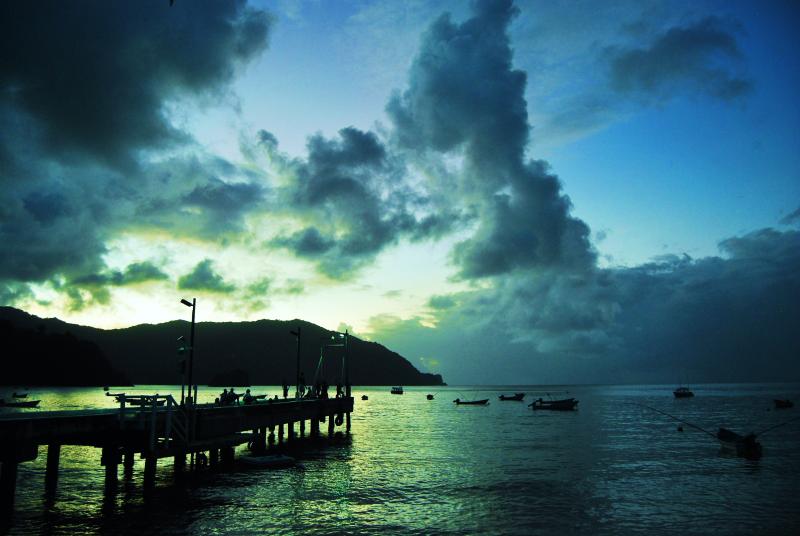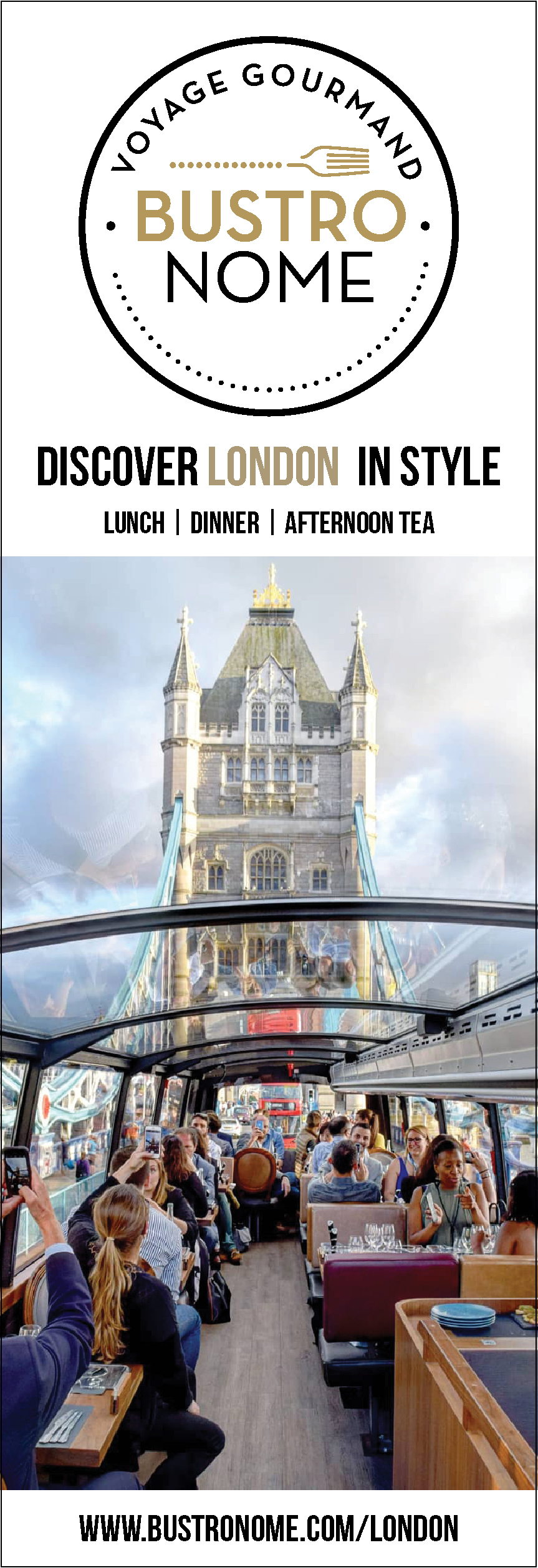
Visiting Trinidad
By Sean Mahon
As the larger of the two islands, Trinidad is the industrious centre of the nation and the leading exporter of ammonia and methanol, providing Trinidad & Tobago with an economy that is stable throughout the year. In contrast to being a global energy and manufacturing sector, the island is one of the richest outposts of biodiversity in the Caribbean, with a landscape that ranges from: the dense tropical rainforest in the heart of the island; to Mount Saint Benedict, a mountain that is the home to a Catholic monastery. With more than 450 bird species, hundreds of types of butterflies, 108 types of mammals and nearly 100 different types of reptiles and amphibians, Trinidad is an ideal destination for both business and leisure.
Due to the blanket of woodland covering most of the centre and eastern regions of the island, the majority of the population is located in the suburbs surrounding Port of Spain, and along the Eastern road that leads into Arima Valley. North Trinidad is the busiest part of the island and is where most of the city’s tourist industry is located. Therefore if you prefer to take things at a slower pace and to experience the more tranquil parts of the island, the South-Western region of Point Fortin is the ideal location to escape to. The natural phenomenon of La Brea Pitch Lake and the low tide beaches of the South Western Peninsula are awaiting those wishing to leave behind the exciting atmosphere of the cities. The following article will focus in more detail on the various attractions that are open to visitors to the island, before spending time going into detail about the Top Five Attractions that every visitor should witness and experience.
Whilst English is the island’s official language, Trinidadian Creole is the popular choice for most locals. The language has evolved throughout the history of the country. Like other Caribbean English-based creoles, Trinidadian Creole’s vocabulary heavily relies on the English language, but due to the island’s multi-racial culture, the language has adapted to include words and characteristic which are commonly found in Spanish, French, a number of African languages and even some Chinese languages. As a language that is constantly being influenced by its inhabitants, it is a pleasure to learn and a fine example of the rich history that the island has to offer. Be sure to remember that there are various forms of public transport and the island; while you can call for a private taxi, like in most Western countries, the island also operates a public taxi service which only do specific routes and normally wait until it has reach max capacity before setting off. However, the island’s use of English – and English-based dialects – means you should have no problem communicating with the driver of whatever form of public transport you decide to take.
Share this article:



















